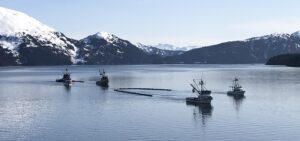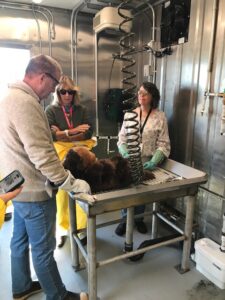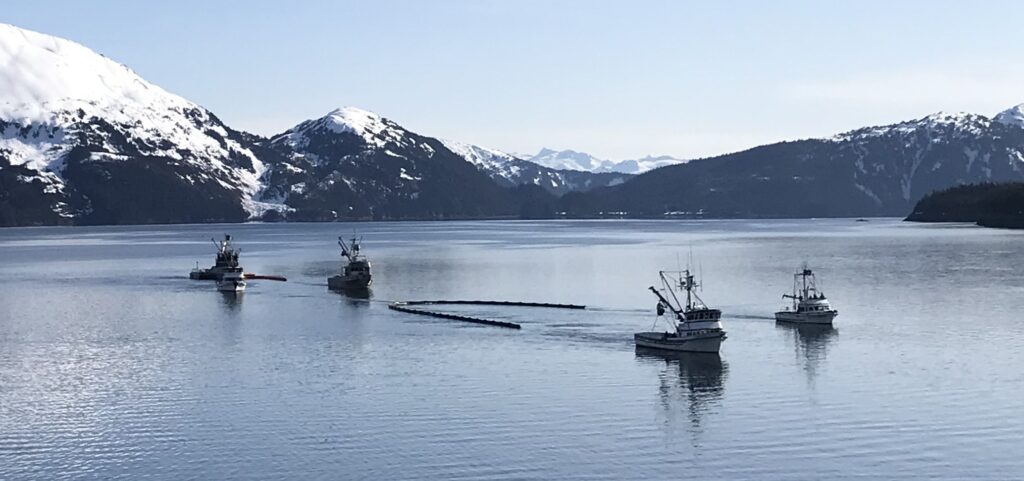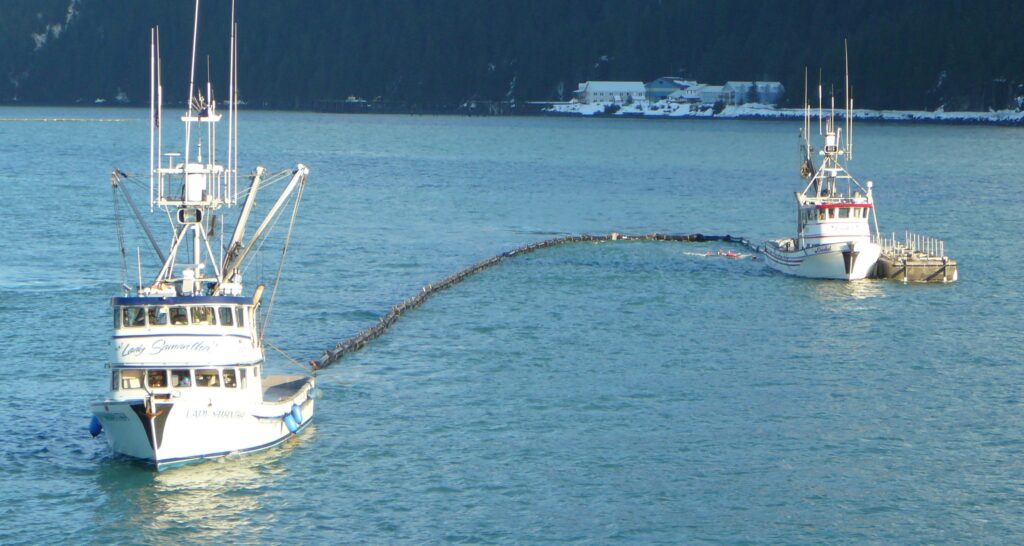The Council has released a new analysis of Alaska North Slope crude oil. Every few years, the Prince William Sound tanker operators share a sample from the trans-Alaska pipeline with the Council. The sample is tested to determine the current mix of substances that make up the oil.
Why does Alaska North Slope crude oil differ over time?
The oil that runs through the trans-Alaska pipeline comes from a mixture of oil fields across the North Slope. Over the years, new pockets of oil have been discovered, while production in some older fields has declined. This leads to changes in the oil moving through the pipeline.
What are the differences?
Crude oils are generally categorized by weight: heavy, medium, or light. Heavy oils have mostly larger hydrocarbon molecules. In lighter oils, the molecules are smaller, having been further broken down by exposure to hotter temperatures and higher pressures in the earth’s crust.
Light oil is less dense, meaning a given volume weighs less than heavier oils, and less viscous, meaning it flows easily. Heavy oil is denser and more viscous. Medium weight oils contain a mix of heavier and lighter molecules.
At the refinery, these light and heavy components are separated so they can be used for different purposes. The lighter ends are made into products such as jet fuel and gasoline, while the heavier ends are used to pave roads and coat pipes, among other uses.
Alaska North Slope oil has been trending lighter since around 2010. Its properties are consistent with a medium weight oil.
Why do these differences matter to oil spill response?
Knowing the composition of oil tells emergency responders how the oil might behave if spilled. Responders can create better contingency plans and choose more appropriate cleanup techniques.
Lighter weight oils are easier to recover and clean up, and they tend to evaporate more readily. Heavier oils move slower, so they may not penetrate soils as quickly, but they are harder to skim and pump during cleanup.
What do the current oil properties tell us?
After receiving the recent sample, the Council had it analyzed by a laboratory and worked with Dr. Merv Fingas, a spill response subject matter expert, to interpret the data. In the report just released, Dr. Fingas identified changes in the oil properties and described what those changes might mean for oil spill responders.
Dr. Fingas concluded that the oil is relatively similar to the last sample he analyzed for the Council. However, he noted a few differences.
Less prone to emulsify: Dr. Fingas found that the current composition is less prone to form stable emulsions than older samples. An emulsion forms when droplets of one liquid are dispersed into another liquid. When oil is spilt into seawater, wind and waves churn the two liquids together. Usually, oil and water separate, however sometimes the mixture stabilizes and forms “mousse,” so named because it resembles chocolate mousse dessert. Mousse is difficult to recover and can greatly increase the volume of oil to clean up.
Less dispersible as the oil weathers: When fresh oil is spilled, it begins to change almost immediately. Lighter compounds start to evaporate when exposed to air and water, leaving behind the heavier components. Dr. Fingas notes that the current crude mix is less dispersible after weathering than previous samples.
Flows more readily: Dr. Fingas’ report also says that since the recent sample is lighter, it is less viscous. This means that the oil would be easier to collect and pump, however it would spread farther and faster than oil of the past.
More details in Dr. Fingas’ report: Review of the 2024 Alaska North Slope Oil Properties Relevant to Environmental Assessment and Prediction




